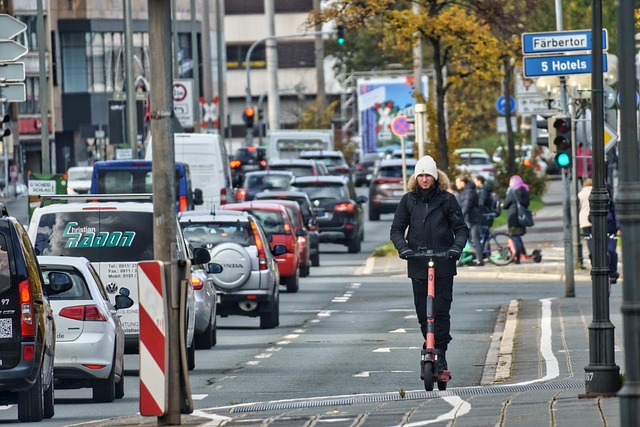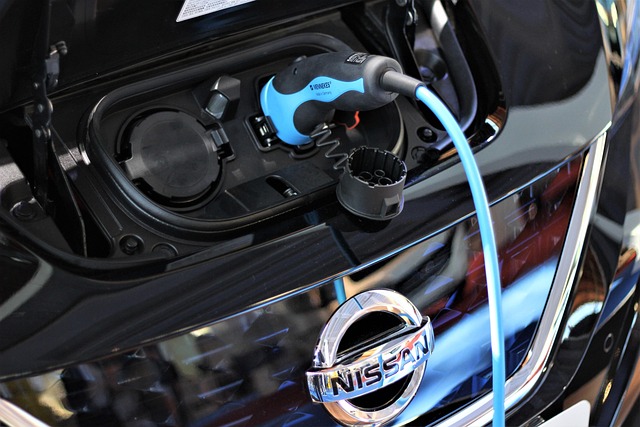In an era where climate change is at the forefront of global conversations, managing transportation emissions has become critical, especially for rural communities. As we strive for a sustainable future, it’s essential to look at how our transportation choices affect not only our environment but also the socioeconomic fabric of rural areas.
Sustainable transport is not just a trend; it’s a necessity, particularly for rural development. Many rural communities rely heavily on transportation for economic activities, education, healthcare access, and maintaining social connections. However, traditional modes of transport often contribute significantly to transportation emissions, exacerbating climate issues and affecting public health. This dilemma calls for innovative solutions that can bridge the gap between mobility and sustainability.
One effective approach is the promotion of electric vehicles (EVs) or hybrids, which can significantly reduce emissions compared to conventional vehicles. Communities can incentivize EV adoption through tax rebates or providing charging stations that harness renewable energy sources. By making EVs accessible, rural areas not only enhance their transport sustainability but also encourage local businesses to adopt greener practices.
Moreover, investing in public transportation systems can greatly reduce individual car emissions. Although rural areas are often underserved when it comes to public transport, establishing bus or shuttle services that connect different communities can enhance mobility while minimizing transportation emissions. These systems allow residents to commute efficiently, participate in local economies, and access essential services without relying heavily on personal vehicles.
In addition, promoting cycling and walking as viable alternatives can encourage a shift towards more sustainable behaviors. Developing safe paths for cyclists and pedestrians not only reduces emissions but also fosters a stronger community spirit among residents. Programs that encourage carpooling can further alleviate the environmental impacts of transportation while building social connections among residents.
Another facet of sustainable transportation is the use of technology to optimize logistics and reduce emissions from goods transportation. Businesses can leverage software that analyzes routes, thereby minimizing fuel consumption and time spent on the road. This not only reduces transportation emissions but also empowers rural businesses to operate more efficiently, ultimately contributing to local economic resilience.
To effectively manage transportation emissions, it is crucial to involve the community in the decision-making process. Workshops and forums can help gather input from residents, ensuring that solutions are tailored to their specific needs and circumstances. Community buy-in is essential as it fosters a sense of ownership, motivating individuals to adopt more sustainable practices.
Transitioning to sustainable transportation systems in rural areas is about more than just reducing emissions; it’s about creating a future where communities thrive economically and socially. Balancing mobility with environmental responsibility can lead to a landscape where rural development flourishes alongside healthy ecosystems, ultimately paving the way for a more sustainable future for everyone.



